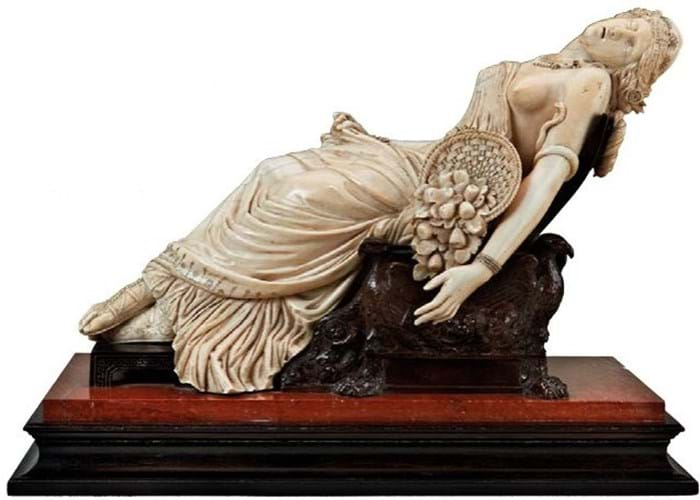
That the Reviewing Committee on the Export for Works of Art wishes to see the 19th century Triqueti remain in this country almost certainly assures its owner of an exemption certificate for pre-1918 objects of “outstandingly high artistic, cultural or historical value”.
Once the Act comes into force, unlike most other items comprising more than 10% ivory, it will remain tradable.
Had the work been a similarly important ivory sculpture by a great British artist such as Eric Gill or Richard Garbe, and dated from the 1920s, no exemption certificate would be available under the Act.
Despite objections put forward in Parliament, a cut-off date of 1918 was seemingly plucked out of the air for these certificates, without any thought of its impact on our heritage.
It remains to be seen whether any cash-strapped institutions will manage to come up with the £150,000 necessary to keep the Triqueti in the country.
Should they fail to do so, it would raise a question mark over the likely effectiveness of the Act’s exemption for ivory items sold to museums – something the Government was keen to characterise as a backstop safeguarding ivory artefacts for future generations.
Mark Dodgson
Secretary general, BADA













